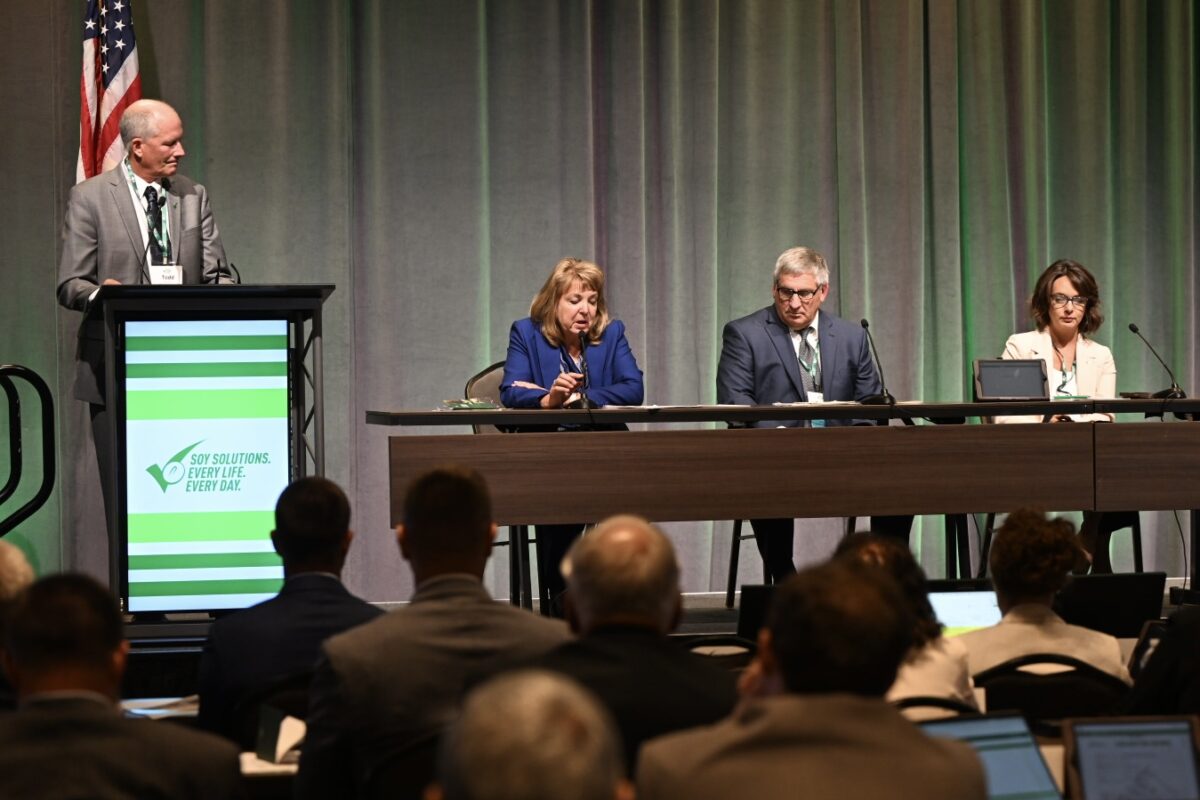Growing a Sustainable Legacy

First-generation farmer does whatever it takes to be sustainable
Becoming a farmer was Nathan Brown’s childhood dream. Though his immediate family didn’t farm, he grew up around farms in Hillsboro, Ohio, and always had an interest in crops and livestock. And while farming methods have changed since that time, his desire to farm hasn’t.
“Growing up, I loved the smell of fresh dirt,” says Brown, recalling his high school years he spent working on a neighbor’s farm, a time when tilling the soil was the norm. “Now, I cringe when I think about working the ground, with all the compaction and and erosion issues that can come from it.”
On-Farm Sustainability
This is a prime example of how Brown, who rented his first piece of land in 2002, embraces changing methods and sustainability in his farming operation, which has grown from 25 acres to more than 1,400. He measures his farm’s sustainability in two ways: his ability to remain profitable and his ability to do what’s right for the land.
“I want to make sure I’m in business tomorrow,” he says. “I want my kids to have the opportunity to farm if they want to.”
No-Till and Cover Crops
He also tries to use no-till planting methods on his acres. In recent years, as he’s watched other farmers respond to weed resistance be reintroducing tillage, he has chosen instead to use a fall burndown program, combined with cover crops, to suppress weeds.
Brown farms far enough north that he must contend with fairly early frosts, which reduces the amount of time cover crops have to germinate and establish a root structure. Because of this, he selects early-maturing varieties for his cash crops.
“We’ve upped the maturity a bit on our soybeans and corn,” he notes. “We want crops we can harvest early so we have time to get those cover crops in the ground.”
Brown may have achieved his childhood dream of becoming a farmer, but he’s not resting on his laurels. He realizes the challenges faced by farmers and he understands the pressures faced by ag, especially related to sustainability.
As he continues facing those challenges and pressures, he continues to set an example for other farmers, offering a fresh perspective and a willingness to try whatever it takes to make his farm sustainable.



